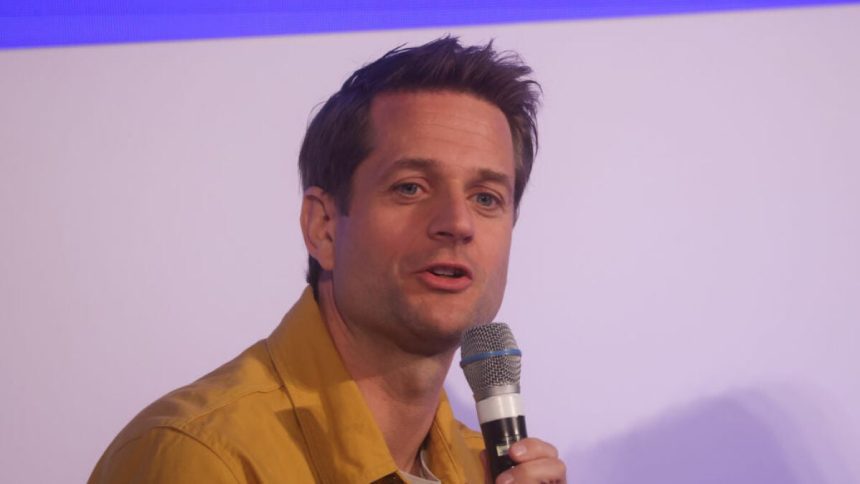Klarna’s Ambitious AI Transition: A Bold Workforce Reduction Strategy

In a daring move that underscores a significant shift towards automation, Sebastian Siemiatkowski, the CEO of Klarna—a Swedish buy-now-pay-later (BNPL) giant—has announced plans to reduce the company’s workforce by 50% over the next few years.
Aiming for Efficiency Through AI
In an interview with the Financial Times, Siemiatkowski stated that Klarna intends to slim down its employee count from 3,800 to approximately 2,000. This reduction follows a previous cut from 5,000 workers due to earlier layoffs last year. The CEO intends to integrate artificial intelligence into customer service and marketing roles. “We are not just looking at reducing numbers; we aim to amplify our output with fewer resources,” he expressed in his conversation with FT.
Understanding ‘Buy Now, Pay Later’ Services
The Road Ahead Was Foreshadowed
This strategic pivot is not unexpected. Siemiatkowski has previously shared insights about how AI can lead to savings and efficiency. Last December marked the beginning of a hiring freeze as Klarna sought ways to streamline operations by substituting manual tasks with automated processes. After posting on X (formerly Twitter), where he outlined anticipated savings through automation—including leveraging AI for graphic design and implementing virtual assistants—he faced backlash for suggesting efficiency improvements could be achieved while reducing team sizes significantly.
Positive Short-Term Results but Long-Term Risks?
Klarna appears to be reaping rewards already; during its Q2 earnings call earlier this week, it reported a dramatic decrease in net losses—from $84 million down to around $980,000 when converted from Swedish Krona into US dollars. However, there are concerns regarding this aggressive investment in AI technology as experts from Goldman Sachs have indicated potential limitations on economic benefits derived from such initiatives. Historical evidence suggests that automation efforts can sometimes lead businesses into unforeseen challenges rather than resolving existing issues.
The Broader Landscape of Workforce Optimization within Tech
Klarna is not alone in prioritizing technological advancements at the expense of workforce diversity; companies across the tech landscape are undertaking similar actions. For instance, Duolingo recently laid off 10% of its contractors while citing increased reliance on AI technologies as justification for job cuts. Major players like Meta and Google have also implemented reductions in staff as they prioritize enhancements in artificial intelligence capabilities.






